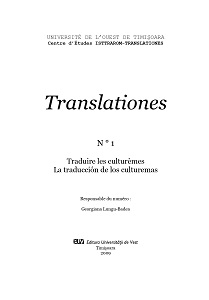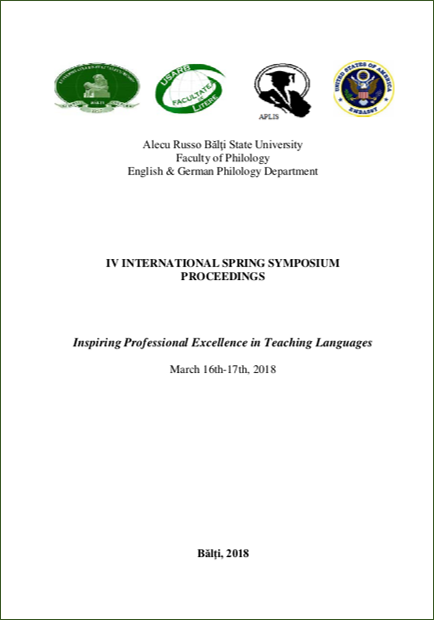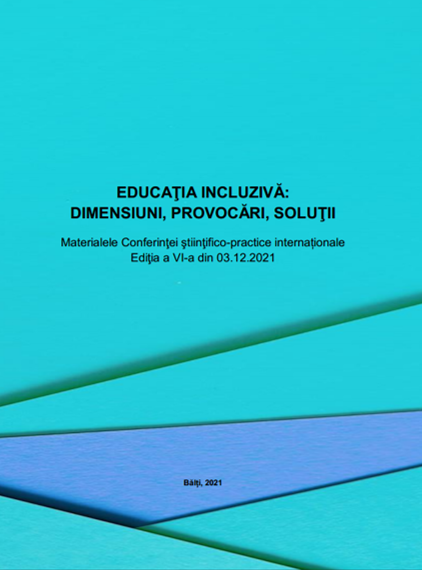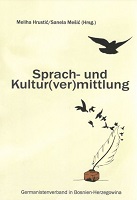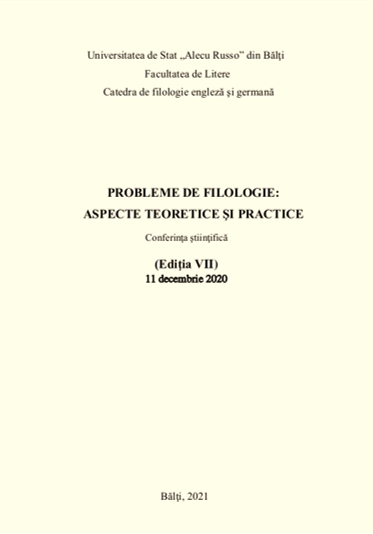
CAMBIOS SEMÁNTICOS EN EL LÉXICO ESPAÑOL RELACIONADO CON LA TERMINOLOGÍA DEL COVID-19
In the following article we will try to determine some of the linguistic changes produced in the Spanish language due to the decisive introduction of the lexicon related to the terminology of COVID-19. These linguistic processes of a morphological and semantic type are part of the processes of change of the lexicon, formation of neologisms
More...
